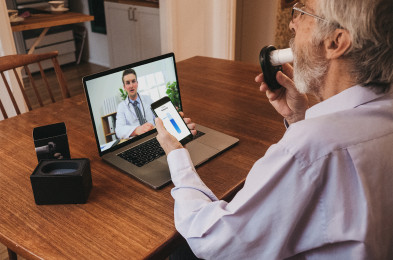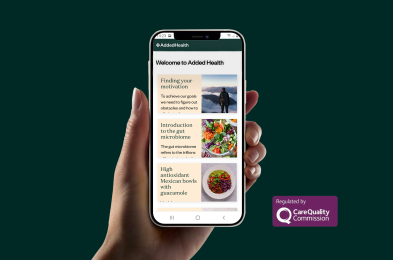Digital First Waiting List Validation
Healthcare Communications waiting list solution is currently supporting 23 trusts to rapidly communicate with patients about recommencing their treatment across elective care, outpatients and diagnostics.
Taking a digital first, yet fully inclusive engagement approach, the platform will automatically switch to multi-channel options to reach patients who don’t or can’t access the digital communication. The solution empowers instant engagement, offering patients the option to self-select responses from their mobile, whilst avoiding long phone queue times, and with the analytics to immediately flag urgent patients for clinical review.
About
NHS partners highlight the below benefits:
- Instantly delivers waiting list communications to patient mobiles, with responses reported back to operational teams in real time
- Patients self-select their preference within a few clicks on response buttons
- eTriage immediately identifies patients whose treatment requires risk stratifying and highlights improved conditions where capacity can be reallocated
- If the patient doesn’t open the digital communication or no number is held in PAS, the platform automatically switches to a postal letter or phone call
- Digital content to 99 languages, reads aloud in 46 and includes a complete suite of accessibility tools to personalise communications to the patient’s needs
Case study
By taking this approach, Manchester University Hospitals NHS Foundation Trust rapidly validated 14, 436 patients, saving 2,100 hours in call admin time and instnat notifcation that 392 no longer needed treatment. 84% of patients completed eTriage, highlighting approximately 20% of patients that needed risk stratisfying. Clinical and admin time could then focus on this subset of patients, rather than a huge volume of patients whose condition had remained the same.


